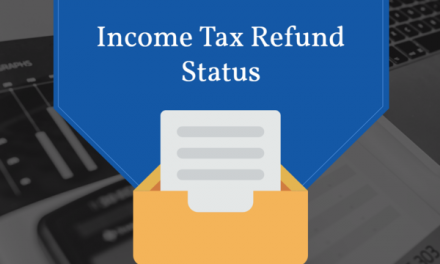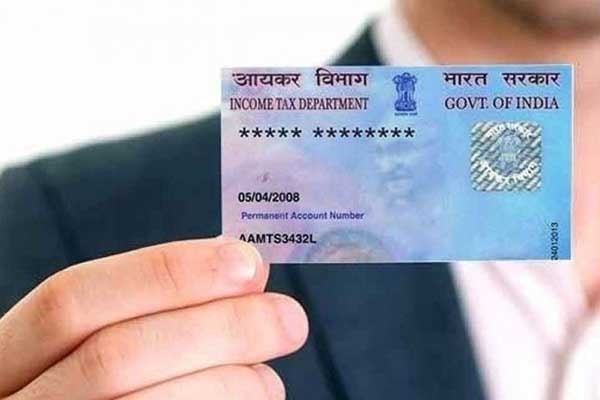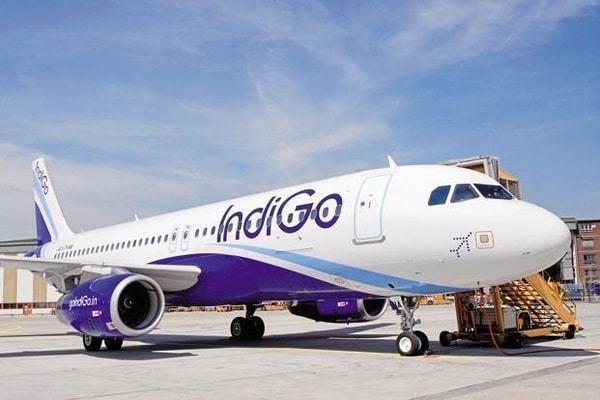Annual Information Return (AIR) of ‘high-value financial transactions’ is required to be furnished under section 285BA of the Income-tax Act, 1961 by ‘specified persons’ in respect of ‘specified transactions’ registered or recorded by them during the financial year. The due date of filing of the return is the 31st of August of the following year. The ‘specified persons’ and the ‘specified transactions’ are listed in Rule 114E of the Income-tax Rules, 1962.
Annual Information Statement will also have details of shares and MF transactions conducted by taxpayers
To curb tax evasion and promote transparency, the Finance Minister in Budget 2020 proposed to replace Form 26AS with a new Annual Information Statement (AIS).
Form 26AS is an annual consolidated credit statement issued by the income tax department under Section 203AA of Income-tax Act, 1961. Besides the information that 26AS provides, the new AIS will also have details of shares and mutual fund transactions conducted by taxpayers during the relevant assessment year. Section 203AA will get replaced by a new Section 285BB, which will facilitate AIS.
Under Section 285BA, “specified persons” are required to record and report high-value financial transactions of individuals through an annual information report (AIR). These specified persons include banks, mutual funds, institutions issuing bonds and registrars or sub-registrars; these specified persons have to file the AIR containing details of high-value transactions. The list of high-value transactions, for which AIRs have to be filed, is specified in Rule 114E of the Income-tax Rules, 1962.
For instance, a bank has to file an AIR when the aggregate cash deposits of all the savings bank accounts of a client exceed ₹10 lakh in a year. Similarly, registrars or sub-registrars have to file AIRs for every individual involved in any transaction of an immovable property (land, house or building), where the value of the deal exceeds ₹30 lakh. In case a deal involves joint parties, and the share of one or more parties is less than ₹30 lakh, AIRs are filed for all the individuals. The transaction amount is the total amount reported by the AIR filer. It does not reflect the respective share of each individual in a joint-party transaction.
The new AIS
The erstwhile Form 26AS was prescribed to contain and provide information regarding taxes paid by or TDS paid on behalf of a taxpayer, which could be used both by the taxpayer as well as the tax authorities. With an objective to make the statement more comprehensive, it is now proposed to replace Form 26AS with a new AIS for a taxpayer. In addition to details of taxes paid or TDS, AIS will also contain details of other important financial transactions undertaken by the taxpayer such as sale or purchase of immovable property and share transactions,” said Shailesh Kumar, director, Nangia Andersen Consulting, a business tax advisory firm.
Under Section 285BA, “specified persons” are required to record and report high-value financial transactions of individuals through an annual information report (AIR). These include banks, mutual funds, institutions issuing bonds and registrars or sub-registrars; these specified persons have to file the AIR containing details of high-value transactions. The list of high-value transactions, for which AIRs have to be filed, is specified in Rule 114E of the Income-tax Rules, 1962.
For instance, a bank has to file an AIR when the aggregate cash deposits of all the savings bank accounts of a client exceed ₹10 lakh in a year. Similarly, registrars or sub-registrars have to file AIRs for every individual involved in any transaction of an immovable property (land, house or building), where the value of the deal exceeds ₹30 lakh. In case a deal involves joint parties, and the share of one or more parties is less than ₹30 lakh, AIRs are filed for all the individuals. The transaction amount is the total amount reported by the AIR filer. It does not reflect the respective share of each individual in a joint-party transaction.












